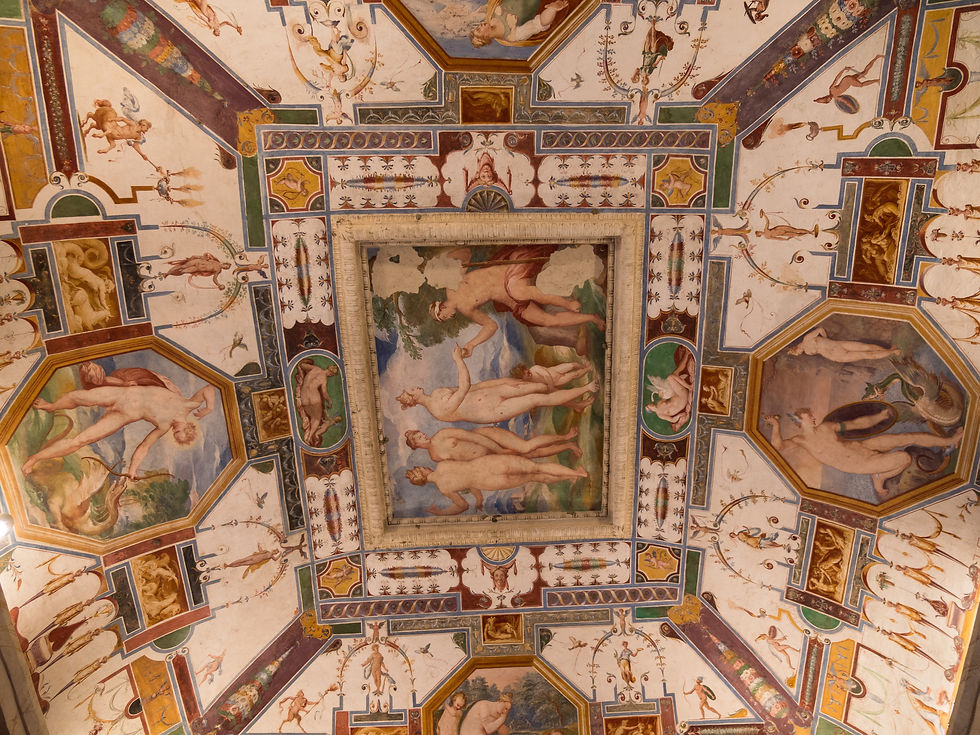Castiglione del Lago, Umbria
- anthonyjohnward4
- May 4, 2018
- 2 min read

To the north of Todi is Lake Trasimeno which is the fourth largest in Italy. Its unusual in being a body of water that streams and rain water feed but it has no outlet. Consequently the depth varies considerable depending on the weather and how much water is abstracted. Right on the lake is the town of Castiglione del Lago.
Castiglione del Lago has evolved on what used to be an island - the fourth island of Lake Trasimeno, in its south west region. Over the centuries, as the town grew, the flat gap between the island and the shore was filled with piazzas, houses, churches and other buildings.
The newest parts of the city are at some distance from the old, so the centro storico (historical center) of Castiglione del Lago is a well-preserved medieval locality that seems to be governed by a "law of threes". In the town walls there are three gates, and inside the town there are three piazzas and three churches.



The Palazzo della Corgna which serves as the Palazzo del Comune (Town Hall) was built by Ascanio della Corgna in Renaissance style, designed by the architect Vignola. It is now a civic museum and gallery. The palazzo has by a long, covered corridor connecting to the castle.

On the main floor, late Renaissance era frescoes were painted by the Pescaro-born artist Giovanni Antonio Pandolfi and the Florentine artist Salvio Savini. In 1574, the artist Niccolò Circignani, known as "Il Pomarancio", added paintings and other decorations to one of the most interesting rooms in the palazzo, the so-called Room of the Exploits of the overlord Ascanio della Corgna. The colour of all these frescoes and paintings is absolutely stunning.



In the same building was a modern art exhibition by the Colombian painter Maria Isabel Salazar de Lince and I was really impressed with her paintings.


Comments